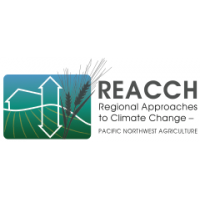Data: REACCHPNA Biotics - Sweepnet 2014
to document the populations of pea aphid (Acyrthosiphon pisum) in legume crops and determine the temporal and spatial variation in their abundance. These can be related to landscape and weather variables and also the arrival patterns as measured...

